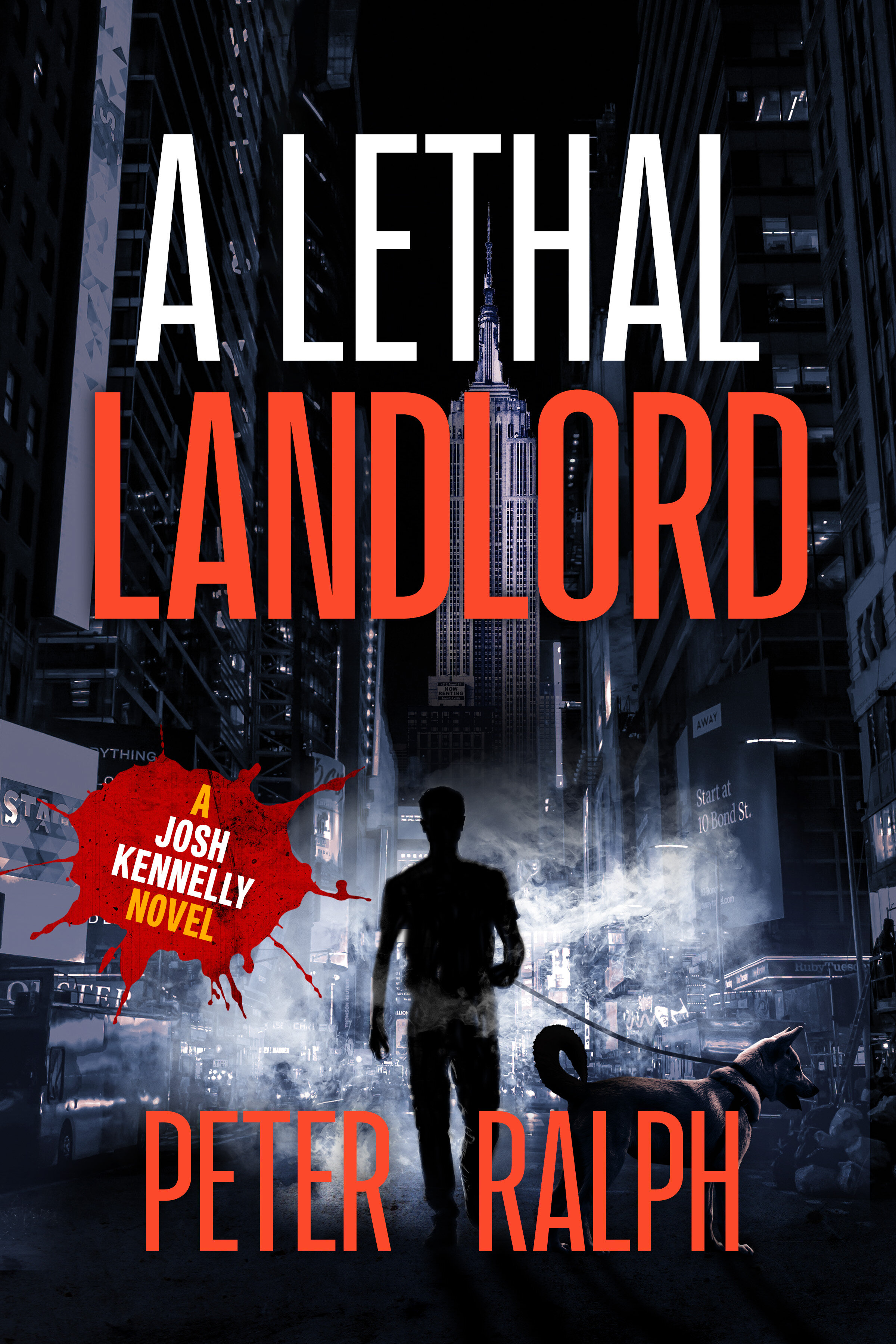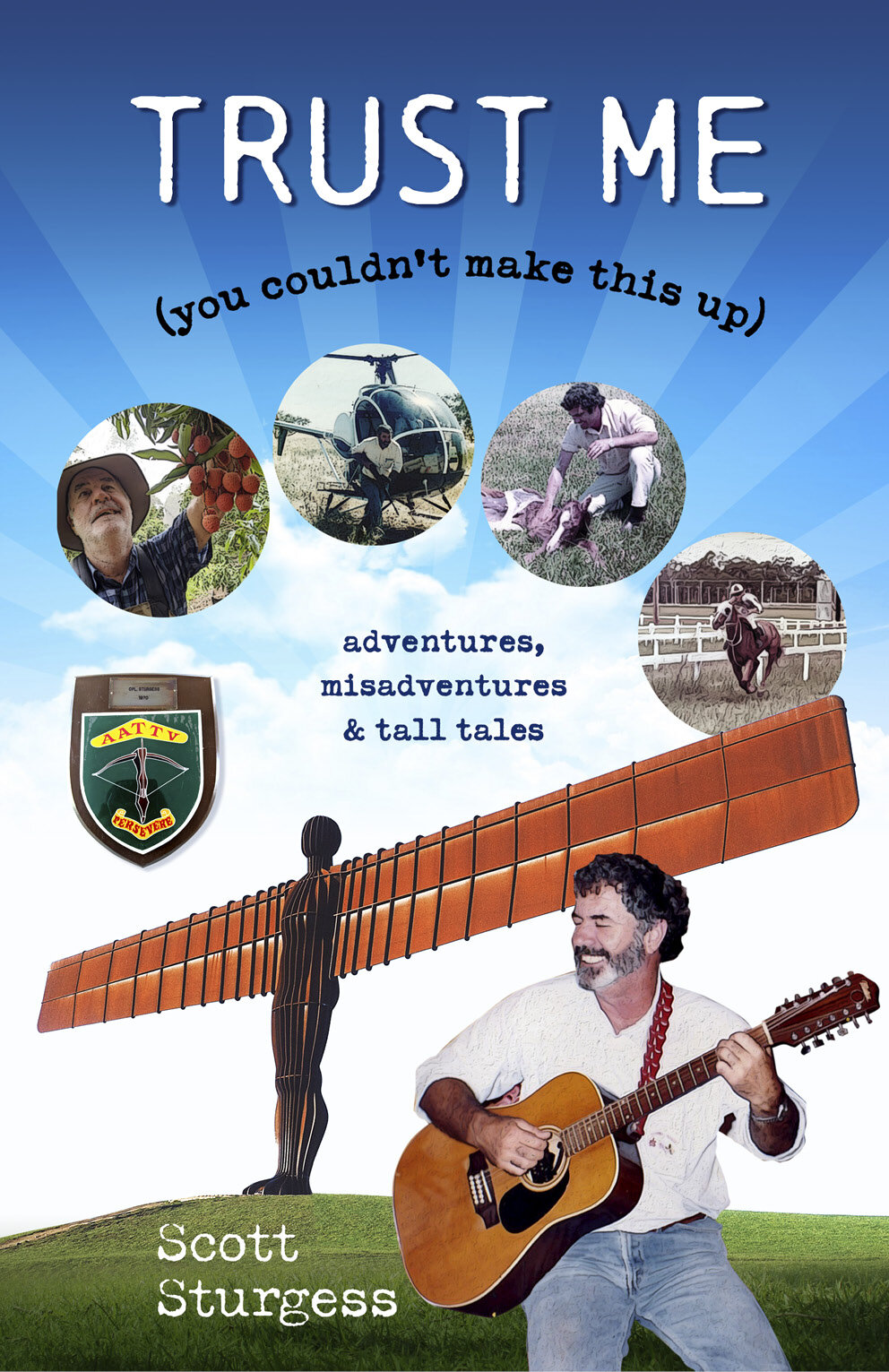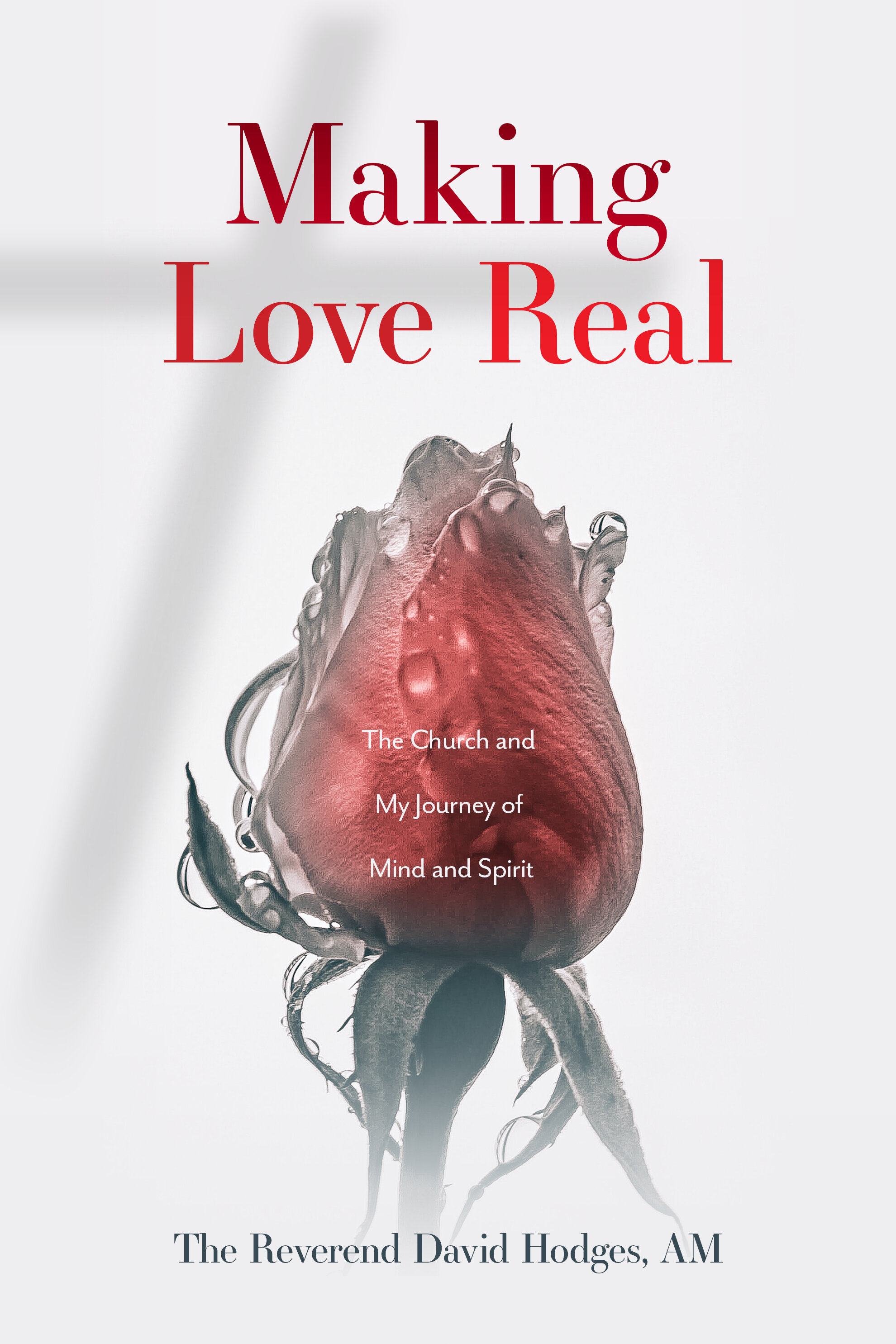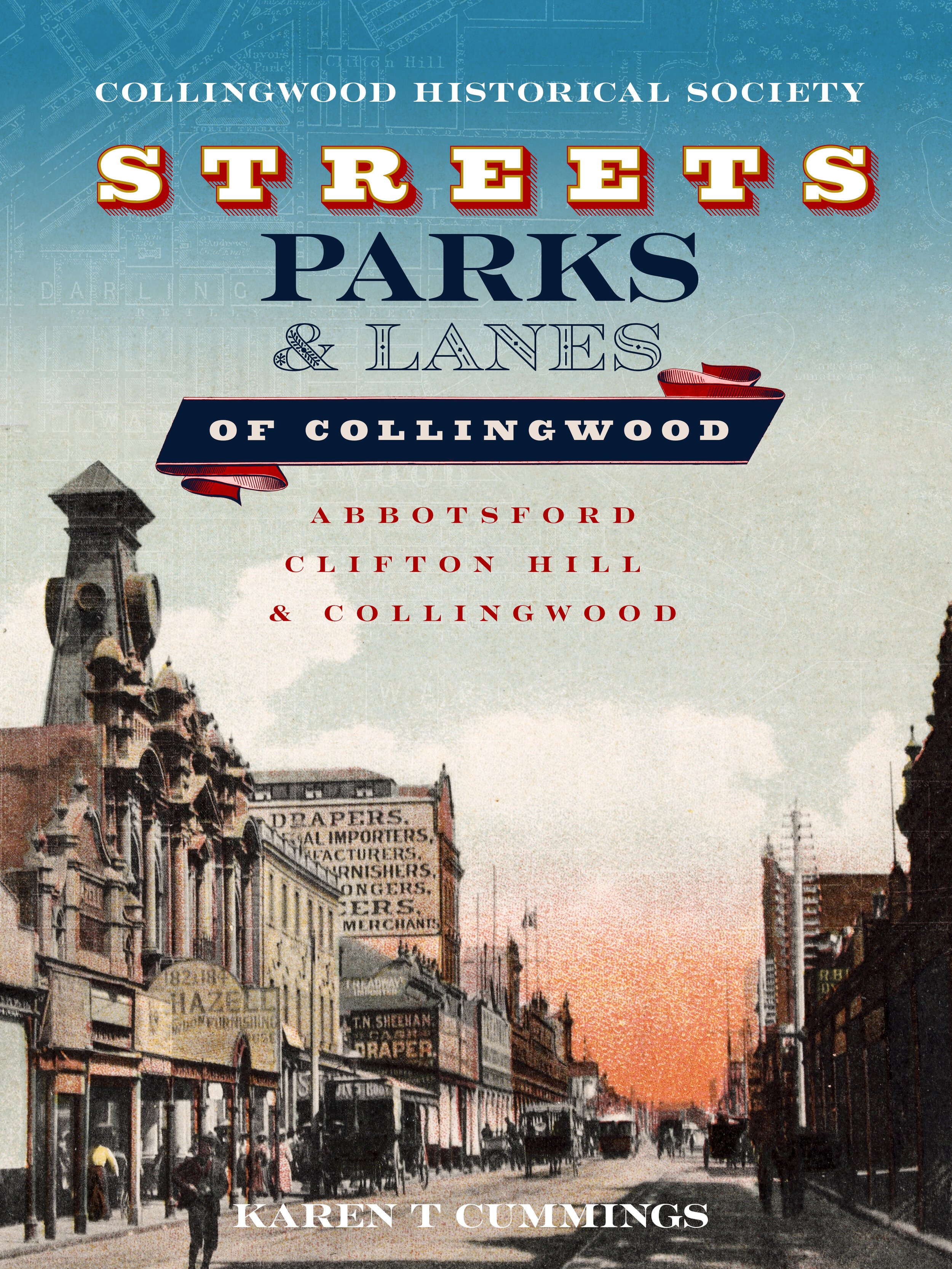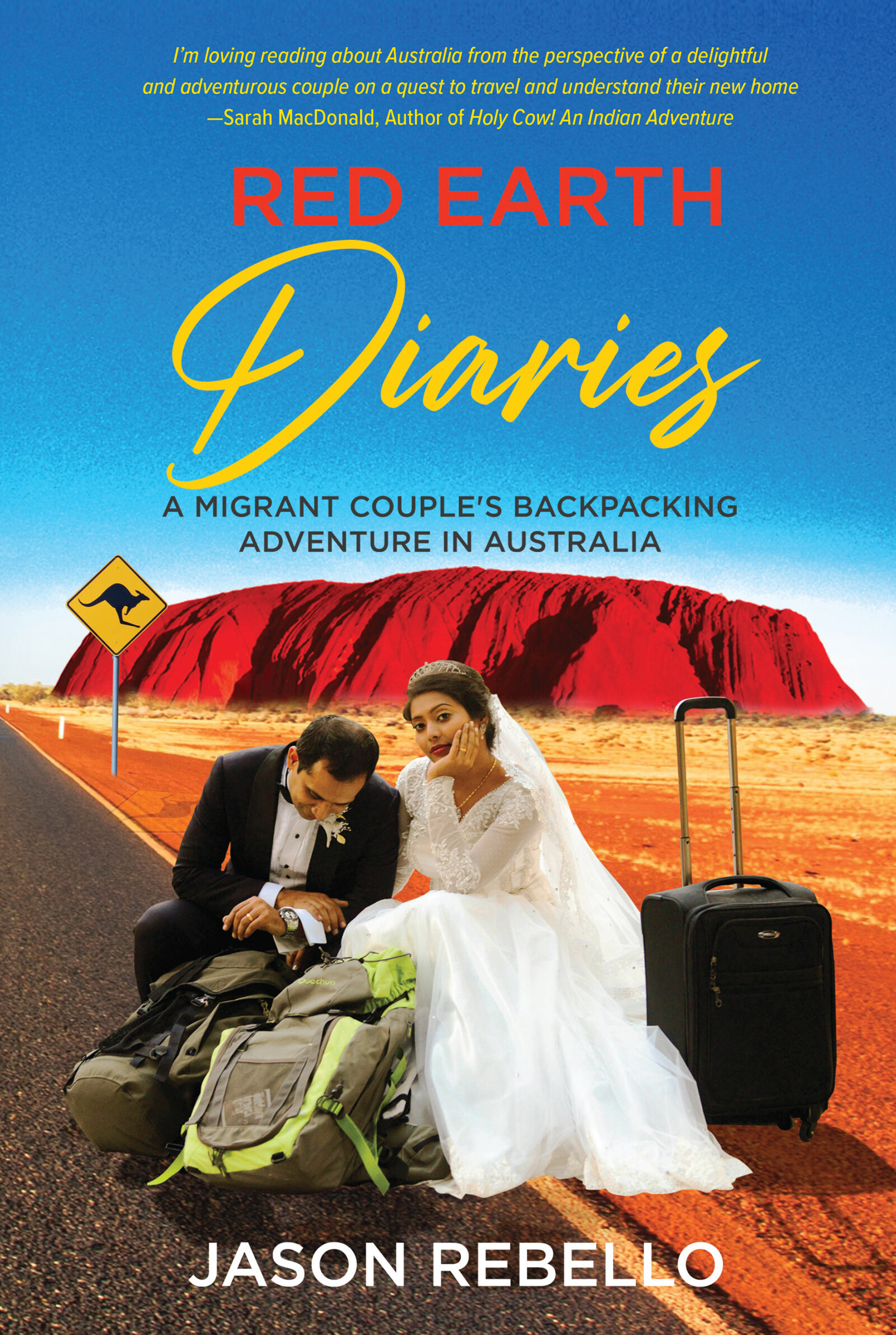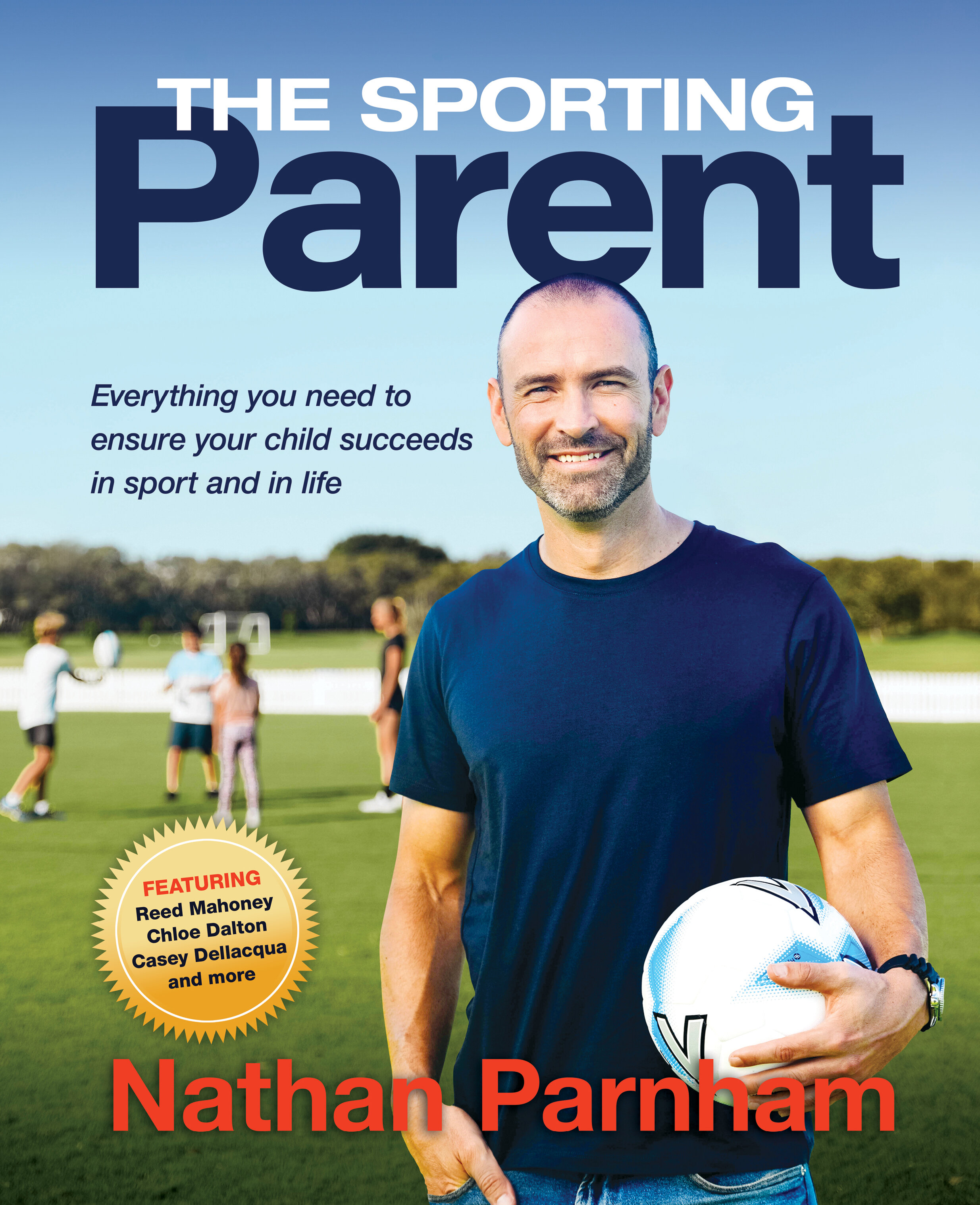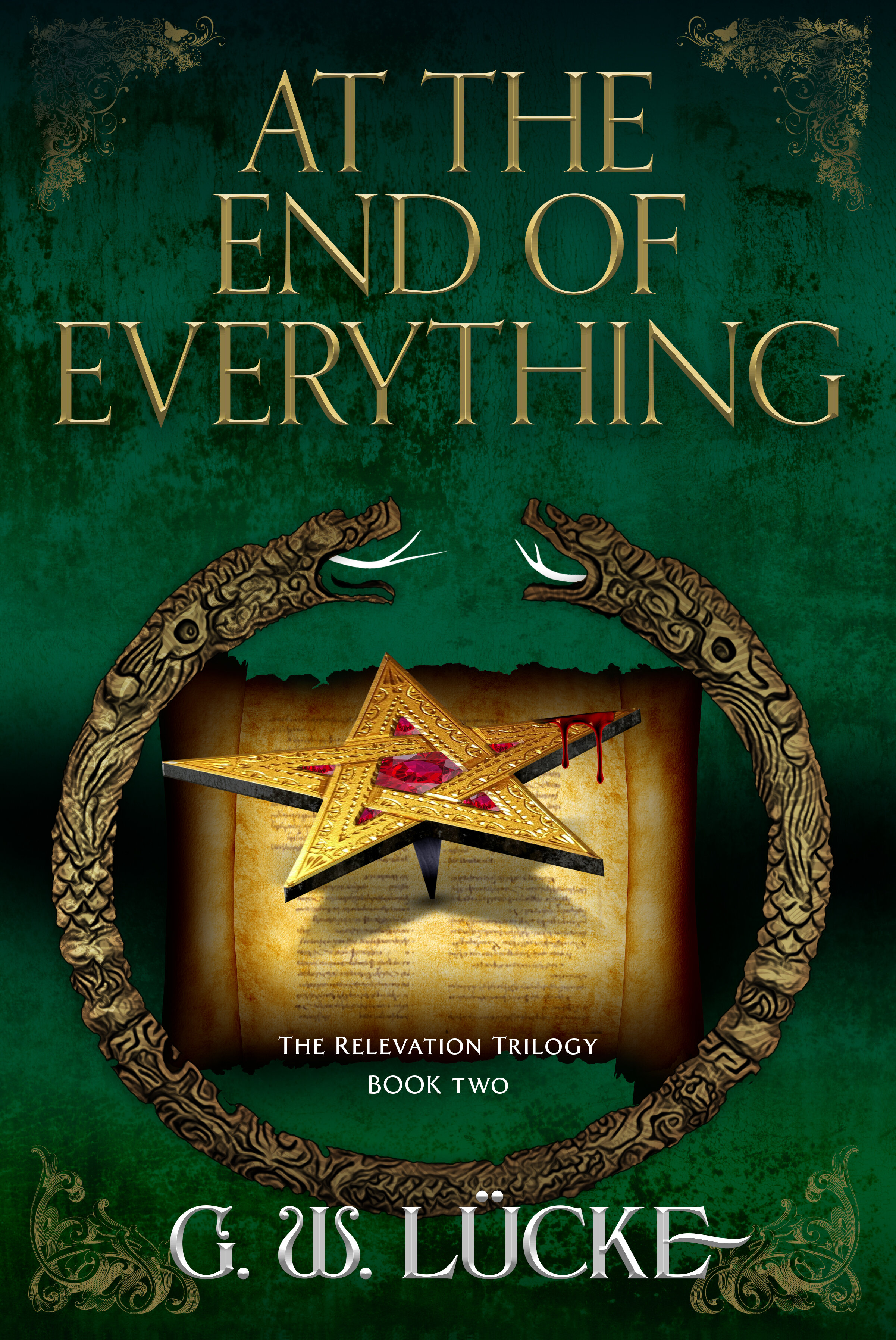A few of our recent covers and cover drafts, covering the usual broad range of subject matter. Striving for high contrast and high impact and interesting type combinations.
Email marketing your book — some practical advice
Some advice to authors planning to market their books via email, from experienced editor and author Dr. Euan Mitchell:
Email programs are getting better at detecting advertising material.
Especially if the salutation is not to a specific person's name.
Including an attachment also increases the chances of it being filtered out.
I suggest the best way is to first send an enquiry email to the organisation concerned without an attachment or any advertising copy in the email itself.
Simply ask who the editor of the organisation's newsletter is. This only takes a sentence or two. In that first email, do not explain why you are asking.
Let them ask. And even if you are starting by emailing the organisation's general email address, you should soon have a reply and a person's name to start with. Importantly, the current person, not someone from years past.
The pitch should not be: "Here's my fascinating book, please buy it." People get similar emails all the time and block the sender.
Start a dialogue with an enquiry email, not an ad. If the organisation has a newsletter then it has space to fill on a regular basis. The author might be able to help out : )
Depending on the organisation's main interest, the author might be able to contribute a few quotes or anecdotes to an article.
These contributions need to be customised to the organisation's interests according to the person who answers the emails.
Funnily enough the contributions can include a plug for your book, even if just a footnote at the end of the article. This subtle way of advertising the book should be more effective than a straight-out ad because the author has first been introduced to the reader by the organisation the reader subscribes to.
In summary, the approach shifts from generic inbox drops to personalised email enquiries (or phone calls) about organisations' newsletters without initially mentioning the title.
Don't lead with your chin. Get a dialogue going first. It takes time but the success rate is much higher.
Euan’s excellent practical guide Your Book Publishing Options is available from Amazon.
Steve Nurse Discusses his New Book "Cycle Zoo"
Steve (right) with Jesse Heath, OzHpv Challenge 2021 Photo John Hagan
There is a saying in recumbent bike manufacture, “The best way to make a small fortune making bikes is to start with a large fortune” and the same thing can be said about self-publishing a book. Its hard to rely on self-publishing to make money. It might happen, but don’t bank on it! In the first instance self-publishing should be about wanting to get your message out.
To get to my book story, I have been building and designing bikes since about 1987, went on the first long-distance rides on bikes I’d built around 2000, and wrote the first version of my Cycle Zoo book in about 2009. Back then I wrote, edited, illustrated and laid out the whole book, and supplied finished pdfs to Publishing Solutions. They then organised the ISBN and printing of about 1000 copies.
After that it was up to me to sell and distribute the books but that was difficult. Sometimes I’d take books to bookshops to sell, and they’d never pay. It was impossible for me to sell all the books, so I still have boxes of books in the back of cupboards at home. However the first edition of the book helped with entry into an industrial design master’s degree which gave me paid work designing bikes for 2 years. Putting it out was worth it just for that.
I’ve stayed in touch with a couple of the contacts I made after the first book. I designed a cycling board game and Anki Toner put that on his cyclingboardgames.net website. Link here. And I was interviewed by Chis Starr at 3cr. I usually attend local recumbent bike gatherings and this didn’t stop. As well I’ve kept on building bikes, and became the editor of the Australian Human Powered Vehicle Magazine Huff.
Somewhere along the way I got the urge to write a book came again, and I had enough new material to add to my previous book so set about rewriting Cycling Zoo. Fairly early in the process I got editor Neil Conning and book designer Luke Harris on board. I conversed with and interviewed a few people involved in cycling to broaden the book’s appeal, and I’m happy how the stories came out. So Adam Hari about spoke about speedbikes, Gayle Potts about refurbishing bikes for refugees, Nell Sudano about electric bikes and teaching cycling, and Alyson Macdonald about boardgames and her cycling.
Publication for the new book is by print on demand, so the book is available anywhere in the world, and is printed in quantities as small as one in the nearest printing centre including Melbourne, the UK and the USA. I have ordered and sell or give away copies for myself, family, friends and reviewers. Normally I will give away books to reviewers. An example is Chris Starr who volunteers for and runs the Yarrabug Cycling show on 3cr.
Where to buy Steve’s book:
After a phone interview with Chris, she mixed the show and put up a podcast page for the show, a resource I can use to let people know about the book. She deserves at least a free book for her efforts. The weblink is here .
Anki Toner really only wants to document every cycling board and card game no matter how obscure, and a lot of these are based on European races such as the Peace Race, Tour de France, Vuelta D’Espana and Giro D’italia. An example is here, analysis of the games is well researched and concise. But he was happy to showcase a new game I had developed and put online, called Cycle Challenge. He’s included a link to my book page in his excellent coverage of my game which is all you can ask for.
Adam Hari features in my chapter about speedbikes, which are fully enclosed, highly aerodynamic cycles designed to break speed records. I was happy to mail him a book at cost, and he was happy to publicise it on his Instagram, showing a video of the book pages involving him and his machines.
Coming up in early October I will be part of the Laidbackbike report Youtube series but meanwhile I will continue improving websites, contacting potential reviewers, contacting those mentioned in the book, and working on ebook versions. I put a book poster on the side of one of my bikes yesterday and have already been asked about it (a mum and her kids caught up to me on their electric bike and were chattering furiously) so will work on improving that too.
Have fun promoting your book. Selling oodles of copies and making money might be your initial aim but you might come away with something more valuable..
Leaning trike with poster.
Amazon KDP now printing in Australia
After years of printing in the US and shipping all the way to Oz, Amazon has finally opened a printery in Australia to service print on demand customers. This is very good news for independent authors, especially that subset who want to concentrate on Amazon. IngramSpark’s service has many pluses, but it interposes a layer between the author and Amazon, and costs a good deal more, particularly when authors wish to upload updated book files. With the new printing facility, Australian authors will finally be able to order author proofs and copies.
With the new printery, postage costs will be reduced and turnaround times improved. Here is the Amazon page addressing the topic.
How Can Proofreading Drastically Improve Your Writing?
Writing your research paper, essay, article, or press release without proofreading is like drinking coffee without sugar—it can be bland, bitter, or so and so—but will never be perfect. Proofreading is an intricate skill that involves concentration, patience, and precision. But would you be glad to know that proofreading significantly improves your writing?
With that said, here's more of how proofreading can drastically improve your writing:
Proofreading Saves You From Making Future Mistakes
The most valuable advantage of proofreading is the collected information and skills you gain, which serves as resources that will help you avoid future errors.
According to professional proofreader Dianne Wadsworth of Gumhill Proofreading, "A writer is as good as his work. Thus, writers can enhance the overall quality of information and content on their write-ups by removing errors from their writing routine."
The practice goes true for everyone—a deliberately recognised flaw (discovered via proofreading) is a very well-learned fault that won't be replicated in your future works.
Proofreading Makes You Confident As A Writer
When you fix your flaws over and over, you'll eventually see that you're improving. Consequently, your improvements are your ultimate source of motivation and confidence as a writer. Furthermore, consistent proofreading gives you the courage and drive to continue improving your work.
Proofreading Aids In The Optimisation Of Your Work
What would you do if you were a student required to produce many essential custom essay papers? How many drafts are you going to have? How many times are you going to proofread? What are your strategies for your documents?
You can remove even the slightest inconsistencies, significantly optimise and enrich the effectiveness of your finished work by proofreading and reviewing it with fresh eyes.
Proofreading Improves Your Vocabulary
You may increase your vocabulary by proofreading somebody else's work. You'll probably benefit from this experience and understanding since language is an essential element determining a writer, a persona, and a business.
Proofreading Helps You To Be More Patient
Patience is a rare quality that only a few individuals nowadays possess. Everyone is in a rush, and time is running out.
Proofreading is a time-consuming procedure that may help you come to terms with yourself. It keeps you focused solely on a single task at a time and prevents you from feeling hurried. You'll miss the purpose of proofreading or the goal of good proofreading if you rush.
A patient person is a patient writer, which is something very indispensable. Why? Because the character, expertise, and abilities of the individual who produces a written piece determine its value. Patience is vitally important!
What's Next After Proofreading?
As SEO writer Mary Samson of Write Fuel puts it, "Proofreading is an essential component of effective writing. Because writing is a multi-step process, you must consider proofreading as a separate but equally essential component of the same process of writing. On top of that, proofreading improves your writing because you're getting conscious and meticulous along the way."
Overall, proofreading aids in the development of vocabulary, the correction of errors, and the enhancement of various cognitive abilities and characteristics such as patience, problem-solving, innovation, perseverance, confidence, and so on. With these, you may readily deduce that proofreading helps you become a more rounded writer and person.
Then what's next? After thorough proofreading and editing, never let your writings sit on your desk—dusty and unread. Publish it and let it serve its value for those who need it.
Since your work is a masterpiece, you should partner with nothing but the best. Connect with the Working Type for your design, layout and printing needs.
Guest post from Chloe Harris.
Book Covers for August 2021
A few recent book covers, from thoughtful spiritual tomes to legal advice…
July 2021 Cover Designs from WorkingType Studio
The usual variety of subject matter — book cover design is never boring. Literary fiction, crime fiction, children’s books, business advice and local history. “Fragile Power” uses variable typefaces (Acumin), which is a powerful new design tool.
8 Steps to Self-Publish Your Book Like a Bestseller
Guest post contributed by Chloe Harris
If you have an idea under your belt that you genuinely believe should reach a wider audience, consider publishing your own book. Historically, authors need an agent who can convince a publisher to take a look at their manuscript. In fact, many publishing companies work only through established agents, which makes it difficult, especially for first-time authors.
Self-publishing may sound outlandish, considering all the work needed to be even noticed by readers. But with meticulous planning, creativity, resourcefulness, and proper implementation, your book can be the next bestseller.
1. Edit Thoroughly
Even you’re self-publishing, the book will go through the hands of people who will judge it. Minor errors can hinder its success. If you’ve never edited a book before, here’s a guide on how to edit a book.
Do the following to get you started.
Wait at least a week before editing so that you can look at the book with fresh eyes.
Review the plot and characters. Take note of significant structures. For example, do the characters have dynamic personalities? Is the conflict sensible? How is the audience going to feel about the ending?
If you’re not ready to edit the significant elements, start with line edits. Are you using the right voice?
2. Ask for Feedback
Feedback is invaluable. The book may sound perfect to you, but are you sure that’s how readers would feel? Share your manuscript with trusted individuals and ask for feedback.
To help them make more candid feedback, create an online form to share opinions on specific elements. Also, ask them how you can improve.
Feedback may be obtained from friends, family, book critics, and writing communities.
3. Format Your Book Properly
“A professionally-formatted book sends a good impression. This part can be a bit more complicated for self-publishing authors because your book must be 100% ready for publication after this. Many authors are anxious about formatting; after all, it’s an entirely different skill from writing.”, explains Direct Appliance Rentals CEO Karina Wolfin.
Here are some formatting options.
Free formatting software: Apple Pages and Kindle Create provide free templates. However, they also cater to their own platform, which means all or some formatting options will be discard when you upload to other retailers.
Paid formatting software: Vellum ($200) and Scrivener ($45) creates beautifully formatted print versions and E-books. Plus, you can format as many files as you want with a licensed account.
Professional typesetters: For print on demand, authors usually hire a typesetter to ensure immaculate formatting. This is the most viable option, especially for printed editions, because you don’t want unevenly spaced text and images.
4. Choose a cover that converts
The cover creates the first impression to the readers. A strong cover is attractive and lets those who see it know that the book was made for them.
Consider these tips for the book design.
Striking yet sophisticated. Whether it’s a photo, an illustration, or typography, the cover should look professional.
Indicative of the genre. Some design elements are associated with specific genres. Your book cover must conform to these principles to reach the right audience.
Spine and back cover. This is only for printed versions.
Unlike formatting, the cover should be made by a professional. This is your most crucial marketing tool, and you shouldn’t take risks.
5. Maximize Your Book Description
The book description is another element that can attract readers. Here are the basics of writing a good description.
Hook the readers. Use a dramatic headline, such as a quote from a book or a strong review from a known critique. The point is to intrigue the readers.
Introduce the storyline. Don’t give away everything, though! Instead, give readers a sneak peek of what they’re going to find inside.
Create a cliff-hanger. End the description with a hint of a shocking twist or an intriguing question.
Read the descriptions of some bestsellers of the same genre, and you’ll definitely see a pattern.
6. Prepare the launching
The launch will raise awareness and jumpstart the hype about your book—just like a movie trailer.
Consider including the following in your launch plan.
Build a website. A large fraction of modern-day consumers rely on the internet for information; therefore, your book should be there. Hire a web designer to build a dedicated website for your book and follow the pointers we gave for the cover design.
Ask for the support of family and friends. People will be looking for social proof, so it would be beneficial if your family and friends promote your book on their social media accounts.
Ask for book reviews. Contact known book reviewers and politely ask them if they can review your book.
Organise a virtual launch party. Partner with influencers and send them party packages. Give a speech and ask attendees to share their thoughts about your book.
7. Publish
You’ll be glad to know that self-publishing can be fast on Amazon and other platforms.
For printed editions, the process is a bit longer. But you should have no trouble if all the materials are ready.
8. Market Your Book
The work doesn’t end after publication. The marketing campaign has started during the launch, but you still have more legwork to do.
Reach out to relevant blogs and ask if you could write a guest post to promote your book.
Organise events at bookstores. This can a signing, reading or Q&A.
Work with a third-party advertising agency. Self-marketing can be exhausting, especially if your fan base is still in its early stages stage. Instead, consider hiring the services of an ad agency that specialises in reading materials.
With so many titles being released each year in Australia, it can be hard for your manuscript to find its way to the publisher’s desk. If you think self-publishing is the best method for you, contact WorkingType for design and print solutions.
A Backpackers Progress
Jason Rebello’s excellent Red Earth Diaries about his travels around Australia as a newlywed is due to launch soon, and he has left absolutely no stone unturned in placing information on all the social media services and print on demand and ebook services. Here are some of the links…
The book is available for preorder on the below online bookstores (more will be added in the coming days):
Amazon, Kobo, and Booktopia, Barnes and Noble, Google Books and Apple
Travel and Inspirational Blog: https://theevolvingbackpacker.com/
Author Website: https://evolvingwordsmith.com/
Instagram: https://www.instagram.com/theevolvingbackpacker/
Facebook Page: https://www.facebook.com/TheEvolvingBackpacker
Twitter: https://twitter.com/wordsmith_jason (wordsmith_jason)
Cracking Author Websites
Independent authors should have a place online where potential readers can discover more about them and their work. It might be a social media page or a website. Here are two websites that do an excellent job of providing information about the author in a professional and interesting way. Nic d Alessandro’s and Mary Garden’s respective sites are high impact, easy to navigate and provide extended information about their work.
Keywords are the Key
The most important part of uploading to Amazon KDP with ebook files is getting the metadata right. This turns out to be a little more complicated than one might expect. Fortunately, others have done the legwork and put the information out there for KDP users.
The following two free titles are well worth consulting on this front:
Let's Get Digital by David Gaughran
Ricardo Fayet's How to Market an ebook
and David Gaughran posted some verypractical tips recently:
https://davidgaughran.com/amazon-book-category-kindle-categories/
and he put up a video too on a related topic before that:
https://www.youtube.com/watch?v=5fXU8R0cHOM
Joanna Penn goes into this topic too in some detail:
https://www.thecreativepenn.com/book-categories-keywords/
https://www.ingramspark.com/blog/the-basics-of-book-metadata-and-keywords
Useful Texts for Independent Authors
Independent authors face a tough road promoting their work, but there is a huge amount of information out there to assist them. The following four titles bring order to that information — I highly recommend all four:
Recommended texts for Independent authors:
Euan Mitchell's Your Book Publishing Options
How to Be an Author from Fremantle Press
Let's Get Digital by David Gaughran
Ricardo Fayet's How to Market an ebook
Recent Cover Designs
The usual wide range of subject matter and design treatments. Never a dull moment…
Move Over Murakami...
A recent cover design for Mundaca, an accomplished work of fiction combining Generalissimo Franco, the Basques and Australian surf culture. Spotted on the shelves of the Village Bookshop in Noosa.
Proofreading Services Available
Dianne Wadsworth of Gumhill Proofreading offers a comprehensive proofreading service for independent authors. We asked her to summarise the full extent of her services, which we reproduce below:
I provide proofreading for Australian publishers, self-publishing authors, businesses and ESL students. To date I have over 11 years’ experience proofreading an extensive range of written material, including more than 140 books for independent Australian publishers, publicity material and reports for small to medium-sized businesses, quarterly newsletters for not-for-profit organisations and assignments for university students. I save my clients’ time and money through providing a quality service. I also proofread website copy material for businesses and website developers.
Services
I provide a proofreading service
assist and work with you to ensure that your work is clearly understood by any reader
ensure your work is free of embarrassing mistakes
providing quality, accurate proofreading is my business
Special interests
Health and wellbeing, Oracle and Tarot cards, self-help books, biographies, business books, the environment, aged care and Australian plants.
Dianne can be contacted via her website.
Tips for Marketing Your First Book
Guest post by Chloe Harris.
Marketing your first book is never easy. And it so much harder for self-published authors these days. Thousands of titles are published in Australia each year, and Amazon alone offers around 30 million books on their website.
But don’t despair! With the right blend of marketing techniques, you could become the next best-selling author.
1. Start Marketing Months Before You Launch the Book
Creating a buzz just two weeks before the book launching won’t build the momentum you need.
According to Alister Clare, Credit Capital’s senior financial planner, the marketing should start at least 6 to 12 months before the book is released to the public. He says, “This way, you have sufficient time to build momentum. You need months to collect followers and earn their loyalty. There should also be intervals between marketing stunts so that your book can properly permeate the mind of the audience.”
2. Establish Your Brand
Figure out the persona that you want to portray. Do you want to be a mysterious whodunnit writer or an all-smiling romance novelist? Ensure that your persona reflects on the book cover, website, teasers, emails, social post, etc.
Consider asking the guidance of a branding expert on effectively building a persona.
3. Ask for a Review
Many readers base their decision on what they should read next on the reviews. Approach a respected journalist or book critic for their insights. You can also find Australian book reviewers and bloggers here.
It might take a while before they get back to you, consider thousands of other writers are also asking for their review.
4. Build a Website Dedicated for Your Book
Did you that, as of January 2021, there are already 22.31 million internet users in Australia? So, if your book still doesn’t have a dedicated website, it’s probably losing many potential readers.
Solidify your book’s online presence by investing in a professionally designed website. Make sure it has the necessary plugins to allow sharing through social media platforms.
You don’t have to load the website with information; just input the following:
● Your biography with a recent photo
● Summary of the book and a few teasers
● Links to your social media profiles
● Links to online stores where the book will be available
5. Intensify Social Media Presence
Engage more with potential readers through social media. Tell them to drop questions, and you’ll answer as much as you can. Reply to their comments on your post. Share the posts where you’re tagged. Create a unique hashtag. It’s only essential to maintain your brand voice.
6. Consider Paid Advertising
Facebook Ads, Instagram Ads, Amazon Ads, Bookbub Ads, etc.
Calculate if you can afford daily paid to advertise. If yes, it’s advised to hire an expert on these types of ads to maximise your investment.
Various factors can affect the performance of your ads. These include the targeted audience, relevance score, ad copy, social proof, and timing. All of these should be aligned to get the best cost-per-conversion.
Working Type is an established provider of design + layout and print solutions. Through our expertise, creativity, and passion, we’ve helped numerous authors reach the right audience.
Inspired by a Greek Island
Local author Tony Whitefield has just simultaneously launched both his mythical tale “The Queen of Limnos” and his historical saga “George’s Cafe” at Golf House Hotel in Ballarat. Both books draw upon the history and culture of the beautiful Greek island of Lemnos. Tony and his wife usually spend several months a year living in Lemnos, and will no doubt continue to do so once Covid 19 abates. Both books are available online.
Ebook version: https://www.booktopia.com.au/george-s-cafe-tony-whitefield/ebook/9780645100853.html
Print on Demand: https://www.booktopia.com.au/george-s-cafe-tony-whitefield/book/9780645100822.html
Also available from Amazon, Dymocks, Book Depository and other outlets.
How to be an Author — an Invaluable Resource
Highly recommended by an author client, How to be an Author’s blurb begins with:
This is an indispensable book for writers. Between its pages is everything you need to know about the business of being a writer, from people who live and breathe books. Keep this book by your side as you pursue your publishing dream.
“‘From Nandi Chinna’s advice on how to tackle the dreaded writer’s block to Natasha Lester’s tips on how to gracefully accept rejection, this book provides both the expected and unexpected advice on questions many have pondered or never considered.’ ”
Available from Fremantle Press.
Marketing Your Book in a Flooded Market
Author G. W. Lücke writes about his experiences marketing his excellent fantasy Relevation series of books (book two is out shortly):
“I focussed on book reviews from well-known critics (e.g. Kirkus) early on, and while I received good reviews, they didn’t translate into book sales.
A few reviews from bloggers also did nothing much — a couple of books sold.
I read the David Gaughran book on how to use BookBub and followed it to the letter. I’ve sold the most books through this — but the bottom line was that I was paying more for the Bookbub ads than I was getting back in book sales (all sales of the eBook at 0.99c).
Such an approach is not sustainable.
“Given I’m new to all this — my objective opinion about the whole publishing business is the book market is currently flooded and selling books is bloody hard. ”
Given I’m new to all this — my objective opinion about the whole publishing business is the book market is currently flooded and selling books is bloody hard. Way too much choice for people. Global best-selling authors sell their eBooks for $1.99 on Bookbub — why would readers try an unknown author given they can get known authors so cheaply?
There are lots of sites claiming to help you develop marketing plans — but I doubt any of them work. And I don’t have the time to do all the social media marketing. Writing is my hobby, not my job. I do it for the love of it.
Selling lots of books was way down my priority list when I started this journey. It still is.
I’ve had the most satisfying experience selling to friends and their friends – sold about 50 hard copies via word of mouth alone (and I get a much bigger margin from this).
Selling directly to people I know or made contact with via email, also means I get feedback from them when they finish the book. I think I’ve had over 50 formal and informal reviews of the book via various channels.
Out of those, I’ve only had one negative review. So most people who read the book like it – which is all I could ask for.”
With review quotes like this, hopefully interest in this series will gradually build:
“When Darkness Descends' follows multiple narratives in the fictional world of Enthilen, with particular focus on the (human) protagonist Tom Anderson as he battles to uncover the mystery behind his grandmother's death when he finds himself lost within this mysterious world. G.W. Lücke's storytelling is absolutely captivating, and had me hooked from the very first page. The characters and plot line have been very clearly carefully constructed, with the author able to find a perfect balance of authenticity in character personalities mixed with the complete fantasy of the setting they live in. The novel has been left at a frustratingly exciting end point, leaving me (and I'm sure other readers too!) desperate to see what comes next! Highly recommend to older teenage readers who enjoy fantasy and adventure.”
Essential Marketing Tips for New Authors
A Guest Post from Chloe Harris
Despite the bells and whistles of computer games and streaming platforms, 95% of Australians still read for pleasure or interest.
But with thousands of titles released each year, how can you make it to their shelves?
Naturally, new authors need to work harder in marketing because they still lack an audience. Whether you’re backed by a traditional publisher or working on your own, it’s unlikely to get morning show interviews, TV commercials, or full-page ads in renowned literary magazines. The important thing is to be discerning with your marketing methods—no matter how small.
Here’s how to increase readership for new authors:
1. Create A Brand Identity
Effective branding is the foundation of any audience-building strategy. It is even more critical when you’re about to release your first book.
A brand is a concept that captures your uniqueness, relevance, and significance. To put it simply, your brand is your promise. And because this is a promise, you need to be consistent with the tone, design, colours, etc., to be recognisable.
Cultivating a persona is also an effective way to establish a relationship with the audience.
2. Approach Newspapers and Magazines
“Newspapers and magazines are still deemed as trustworthy sources of information. Having your book reviewed by an established critic or journalists can be a good start in drawing the readers' attention. They’d think that if the critic or journalist took time to read your work, there must be something about it.”, recommends Shane Perry, a financial consultant at Max Funding.
Remember not to push too hard and not to expect an instant response.
3. Create a Website
According to a survey, 60.8% of Australians say their primary source of news is the internet. As a new author, you must seize this opportunity and create a website through which the audience can find important information about you and your book.
A professionally-designed website with a brand persona gives an impression that you’re serious about your craft. With specific plugins, the audience can easily share your website through social media platforms.
The site doesn’t have to be elaborate; it simply has to contain relevant information, such as:
Your biography
Your photo
Summary of the book
Excerpts from your book
A link to sites where they can purchase the book
Links to your social media profiles
Reviews or a short clip of you talking about your inspiration
4. Book Launching and Signing
Book launching and signing is a traditional way to gain traction for new authors. You’ll have to bring out some cash for this, but a well-thought event can be effective in stirring the audience.
Start by setting a budget for an invite-only or an open house event. Then, choose a venue that’s accessible for your expected audient. Consider partnering with bookstores and libraries where many readers are always on the lookout for new authors. If you want a more casual event, strike a deal with a local bar or café.
5. Join Literary Events
As a new author, it is essential to connect with industry professionals. Taking part in literary events is an opportunity to gain fresh perspectives and get to know other emerging authors.
Working Type has been helping authors create deep emotional connections through customer-focused design and layout. Using our experience, expertise, and attention to detail, we ensure that your book correctly represents its content and reaches the right audience. Contact us now to know more.


